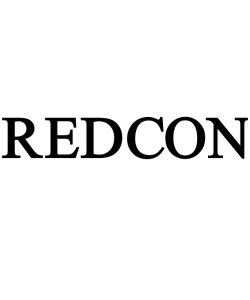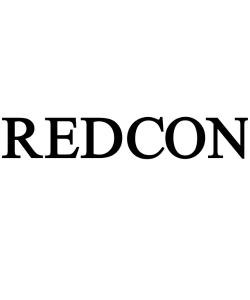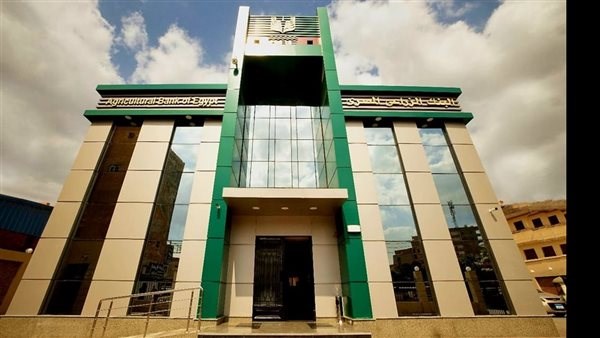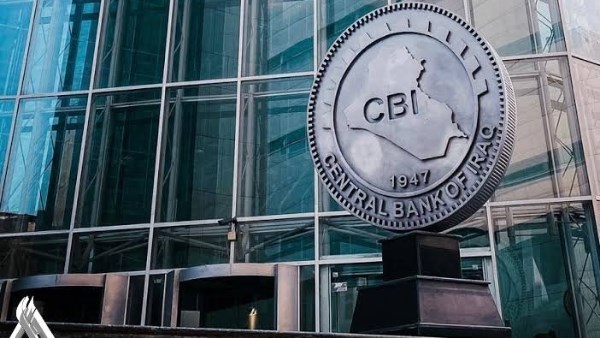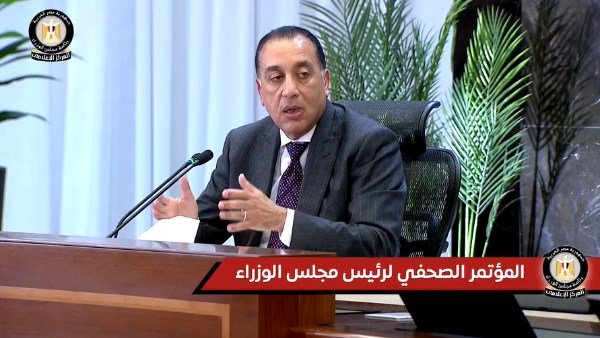
It’s good news for investors
Fed’s Powell Ready to Support Job Market، Even If It Means Lingering Inflation
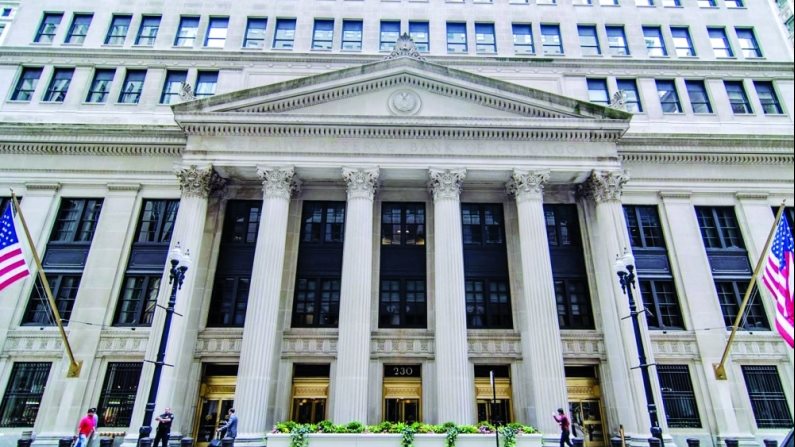
As inflation surged in 2022، the Federal Reserve moved to prevent a wage-hike spiral by jacking up interest rates. Now، with unemployment edging up، the central bank is signaling a willingness to cut rates to head off a job-cutting spiral – even if that means somewhat higher inflation for a while.
For the first time in the current economic upswing، Fed Chair Jerome Powell used his opening statement at Wednesday’s press conference to declare that a surprise increase in unemployment could prompt the Fed to lower rates. He then repeated that message several times in response to reporters’ questions.
While the Fed is waiting to be sure its inflation battle is won before cutting rates، “an unexpected weakening in the labor market could also warrant a policy response،” he said after its two-day policy meeting.
Cracks in the job market
Powell said he didn’t see any cracks in the job market now، but some economists are not so sanguine. They point to marked increases in joblessness in a number of states، continued declines in temporary staffing and reduced working hours.
Regardless، Powell and his colleagues are well aware that what looks to them to be a solid labor market can quickly turn sour: Historically، once unemployment starts climbing، it goes up by a lot، as companies follow each other in announcing layoffs.
By holding out the possibility of lower rates if the labor market weakens unduly، Powell seems to be trying to short-circuit that process.
It’s “about not wanting the unemployment rate to get momentum،” said former Fed economist Wendy Edelberg، director of the Brookings Institution’s Hamilton Project.
Powell can leave the door ajar to easier credit because inflation is “within spitting distance” of the Fed’s 2% target، she said. The Fed doesn’t have to hammer the labor market to get price rises under control and instead can opt to live with slightly higher inflation for a few years، she added.
“We’re strongly committed to bringing inflation down to 2% over time،” Powell said. “But we stress، over time.”
That’s good news for President Joe Biden as he seeks a second term. Voters already have a dim view of his handling of the economy. A big rise in joblessness would only fuel that perception ahead of November’s election.
Good news for investors
It’s also good news for investors. With inflation down from sky-high levels two years ago، the Fed is now in a position to provide more backing to the economy – and by extension، financial markets.
“Central banks are taking out some insurance to help the growth side of their mandate، particularly here in the US،” Sophia Drossos، economist and strategist at global asset manager Point72، told Bloomberg Television Friday. “That’s very supportive of risk assets.”
Fed officials’ latest economic projections show they’re expecting a rise in unemployment this year، but not by all that much. Policymakers see the jobless rate rising to an average of 4% in the last quarter of 2024، from a two-year high of 3.9% in February، according to their median forecast.
With companies curbing hiring، the Fed is cognizant of the risk that a spate of layoffs could lead to “fairly quick increases” in unemployment، Powell said. But he added he doesn’t see that happening، pointing in particular to the “very low” level of jobless claims.
Some economists though do detect signs of a slowdown in the job market.
Twenty states have registered increases in unemployment sizable enough to trigger the so-called Sahm recession rule، according to calculations by UBS Securities Chief US Economist Jonathan Pingle، one of a dwindling number of analysts still forecasting a recession this year. They include New York، California and the political swing states of Arizona and Wisconsin.
Conceived by former Fed economist and now Bloomberg Opinion columnist Claudia Sahm، the rule is meant to apply to the national economy، not individual states. It posits the start of a recession when the three-month moving average of the US unemployment rate rises by a half-percentage point or more relative to its low during the previous 12 months.
That hasn’t happened yet: A rise in US-wide joblessness above 4% would be needed for the tenet to kick in nationally.
Looking at the Sahm rule through a different prism، MetLife Investment Management’s Drew Matus said it’s already been triggered for some categories of workers، including those with a high school diploma or less and others on the cusp of retirement.
“Unemployment rates are increasingly flashing warnings signs،” said the MetLife chief market strategist، who also forecasts a 2024 recession.
Another potential sign of a softer market: Many Americans are working fewer hours. Figures compiled by payroll management company Automatic Data Processing Inc. show that hourly workers as a group are putting in less time on the job than they did prior to the pandemic.





-1120252475029447.jpg)
-920252122624392.jpg)


